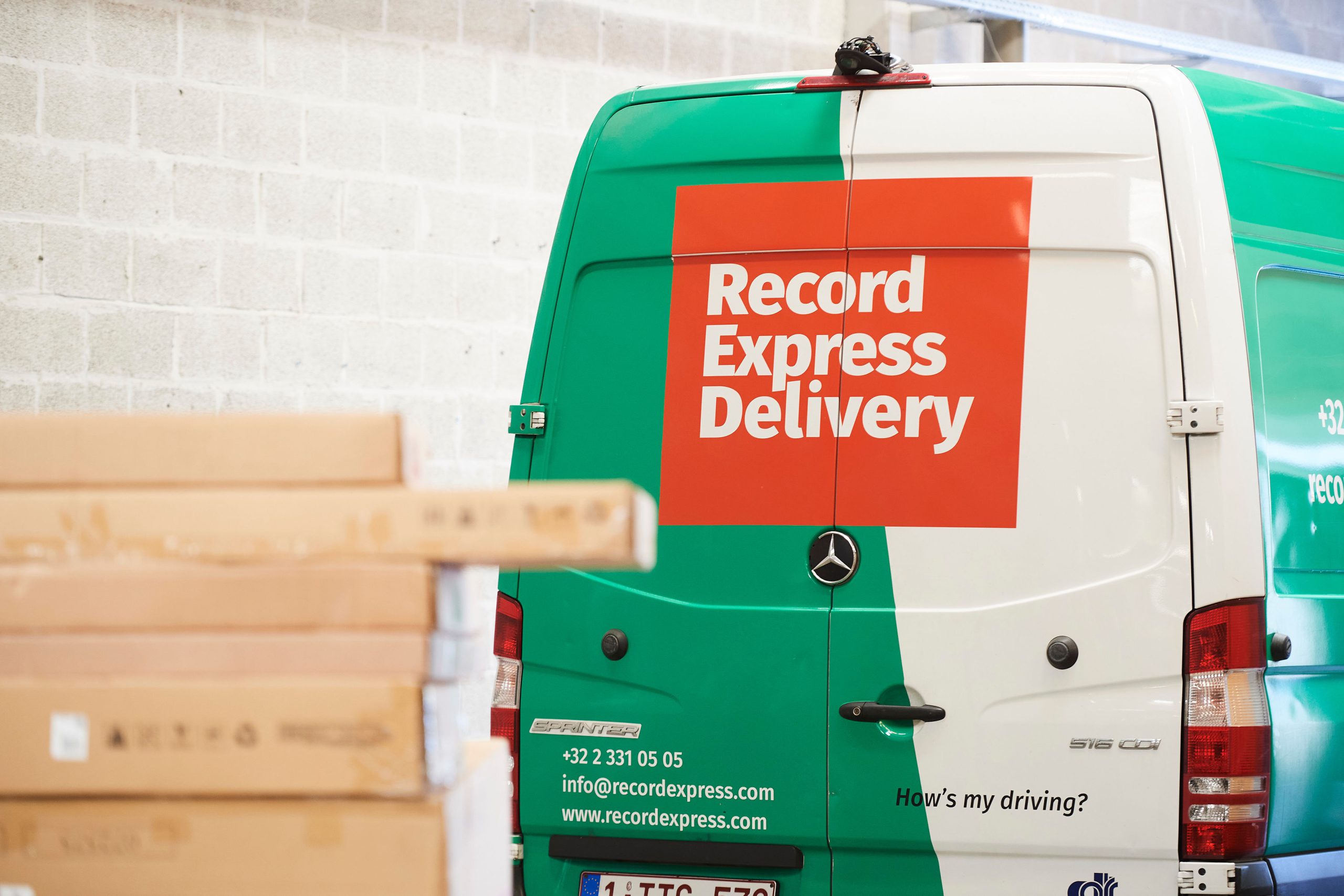Medical Courier Services in Belgium
Medical courier services transport time-critical and sensitive healthcare items—such as lab specimens, blood products, pharmaceuticals, and medical devices—under strict regulatory controls. SEND PARCELHome / E-commerce logistics / Medical Courier Services in Belgium

Medical Courier Services in Belgium
TL;DR: Medical courier services transport time-critical and sensitive healthcare items—such as lab specimens, blood products, pharmaceuticals, and medical devices—under strict regulatory controls. In Belgium, providers must meet EU Good Distribution Practice (GDP) expectations, follow specimen transport rules, maintain chain of custody, and protect temperature integrity. Compared with standard couriers, medical services add trained handlers, validated packaging, active monitoring, and auditable documentation.
What are medical courier services?
Medical courier services specialise in transporting healthcare materials safely, compliantly, and on time for hospitals, laboratories, pharmacies, and clinics (European Medicines Agency). These services handle a diverse range of items—from pathology samples and diagnostic kits to vaccines and implantable devices—each with specific handling and documentation requirements.
- Transport of lab specimens (e.g., blood, swabs, biopsies) and diagnostic materials
- Distribution of medicinal products, including temperature-controlled items
- Movement of medical devices and hospital equipment
- Pick-up and delivery between hospitals, clinics, laboratories, and patients
- Compliance with healthcare handling, hygiene, and documentation protocols
Because clinical outcomes can depend on sample integrity and delivery times, medical courier operations are built around reliability, traceability, and risk control—not just speed.
Takeaway: Medical couriers serve healthcare use cases where product integrity and documented compliance are as important as rapid delivery.
What compliance frameworks apply in Belgium?
Medical courier services in Belgium operate within an EU and national framework that emphasises GDP principles, safe specimen transport, and oversight by the Belgian medicines authority (FAMHP). Providers supporting the movement of medicines are expected to align with EU GDP guidance, maintain auditable processes, and cooperate with authorised wholesalers or healthcare institutions.
- Alignment with EU GDP expectations for medicinal products
- Compliance with specimen transport and biosafety rules
- National oversight and guidance from FAMHP for medicines and health products
- Documented training, SOPs, and incident handling procedures
- Appropriate permits or contracts when supporting licensed supply chains
Institutions often require supplier audits, service-level definitions, and evidence of temperature control and tracking capability before onboarding a medical courier.
Takeaway: In Belgium, compliant medical courier operations combine EU GDP principles with national oversight and robust internal quality systems.
How are temperature-controlled items handled?
Cold chain shipments (e.g., vaccines, biologics) require validated packaging, temperature-controlled vehicles or containers, and documented monitoring from collection to delivery (World Health Organization). Protection ranges include 2–8°C, −20°C, and deep-freeze levels, depending on the product. For short routes, qualified passive packaging may suffice; longer or more sensitive routes often use active refrigeration and telemetry.
- Validated insulated shippers with appropriate coolants or active units
- Preconditioning procedures and pack-out instructions
- Real-time temperature logging and out-of-range alerts
- Deviation management and documented corrective actions
- Return logistics for reusable containers to maintain sustainability
Temperature excursions can lead to product wastage and patient risk. Therefore, couriers pair monitoring with rapid exception escalation and documented handovers.
Takeaway: Temperature control is a discipline: validated packaging, continuous monitoring, and documented responses protect product efficacy.
What is chain of custody and why does it matter?
Chain of custody is the unbroken, documented control of a medical shipment—who handled it, when, and under what conditions (EU Health). In healthcare, this ensures sample integrity, supports traceability, and enables investigations when results or therapies are questioned.
- Time-stamped pick-up and delivery with named handlers
- Sealed or tamper-evident packaging for critical items
- Event logs for temperature, location, and condition
- Clear transfer points (ward, lab reception, pharmacy)
- Retention of records for audits and quality review
Strong chain-of-custody practices reduce disputes over sample validity and support clinical governance, particularly for diagnostics and high-risk medicines.
Takeaway: Documented custody ensures trust in clinical results and product quality throughout the delivery path.
How do medical couriers differ from standard couriers?
Medical couriers add regulated handling, trained personnel, and audit-ready documentation to standard courier speed and tracking (ISO). While consumer parcels prioritise scale and speed, medical deliveries prioritise validated processes, controlled conditions, and clinical safety.
- Specialised training in specimen and medicine handling
- Validated packaging and temperature controls
- Chain-of-custody documentation and restricted access
- Incident, deviation, and recall procedures
- Service levels aligned to hospital and lab workflows
These additional layers increase operational complexity and cost, but they are essential for clinical reliability and regulatory compliance.
Takeaway: Medical couriers deliver within a controlled, audited environment designed for healthcare risk profiles.
What service levels do hospitals and labs typically require?
Hospitals and labs specify service levels that combine speed, predictability, and control—often with fixed collection windows, on-demand runs, and defined turnaround times (Belgium.be). Contracts typically describe routes, response times, contingency plans, and KPI reporting.
- Scheduled rounds (e.g., morning specimen sweeps, evening returns)
- On-demand pickups for urgent tests or therapies
- Defined maximum transit times by item type
- Temperature and custody data included in the proof of delivery
- Monthly KPI dashboards and audit support
Some institutions also require back-up vehicles, redundancy for critical routes, and rapid escalation paths for life-critical consignments.
Takeaway: Healthcare SLAs focus on clinical timelines and evidential documentation, not just delivery speed.
What about specimen categories and safety?
Specimen transport must follow categorisation and packaging rules that protect handlers and the public, including triple-packaging and clear labelling for biological materials (World Health Organization). Couriers are trained to recognise categories and to manage spills or exposure incidents under defined SOPs.
- Correct packaging (e.g., triple-packaging for clinical specimens)
- Clear labelling and documentation for receiving labs
- Vehicle hygiene and spill kits with documented checks
- Immediate incident reporting and decontamination procedures
- Staff vaccinations and PPE as per institutional policies
Proper categorisation prevents delays and ensures specimens are safe to handle throughout the chain.
Takeaway: Packaging and safety protocols protect people and preserve specimen quality.
How technology supports quality and visibility
Digital tools underpin modern medical courier services with real-time tracking, temperature telemetry, and electronic proof of delivery (EU Health). Quality systems record deviations, trigger alerts, and provide audit trails for regulators and healthcare partners.
- Live GPS and temperature logging with alerts for excursions
- Digital chain-of-custody records and signature capture
- Route optimisation to meet time-bound clinical windows
- Analytics for SLA reporting and continuous improvement
- Data protection controls for patient-linked consignments
Hospitals increasingly integrate courier data into lab information systems, improving lab throughput and decision-making.
Takeaway: Technology turns compliance into continuous visibility, improving outcomes and accountability.
How Record Express delivers medical courier services in Belgium
Record Express provides medical courier solutions across Belgium with a focus on reliability, temperature integrity, and audit-ready documentation.
- Scheduled hospital and lab routes plus rapid on-demand pickups
- Validated packaging workflows and temperature-controlled transport
- Digital chain-of-custody, GPS tracking, and temperature telemetry
- Trained handlers for specimens, medicines, and medical devices
- Proactive deviation management and KPI reporting for partners
🔗 Related reading:
- Pharmaceutical Logistics & Cold Chain Basics
- What Is a Courier Service?
- Expedited Shipping: How It Works
- Logistics Compliance: Laws & Standards
- Same-Day Delivery in Belgium: How It Works
FAQs
1. What items do medical couriers transport?
Specimens, medicines, medical devices, diagnostic kits, and hospital materials that require controlled handling and documentation.
2. Are medical couriers the same as pharmaceutical logistics?
They overlap. Pharmaceutical logistics focuses on medicines and GDP requirements; medical couriers also handle specimens and medical devices with additional biosafety controls.
3. Do medical couriers offer temperature monitoring?
Yes—validated packaging and continuous temperature logging are standard for temperature-sensitive items.
4. How are incidents handled?
Providers use documented deviation procedures, rapid escalation, and corrective actions, with full record-keeping for audits.
5. Can medical couriers deliver to patients at home?
Yes, when requested by healthcare providers, with privacy and handling protocols respected.
Sources
- FAMHP – Belgian Medicines and Health Products Agency
- European Medicines Agency – Human Medicines & Distribution
- World Health Organization – Supply Chain & Cold Chain
- EU Health – Public Health & Quality Systems
- ISO – Standards for Quality and Risk Management
- Belgium.be – Public Services & Health Information

Record Express was awarded a 59/100 score by EcoVadis, the global leader in sustainability ratings.